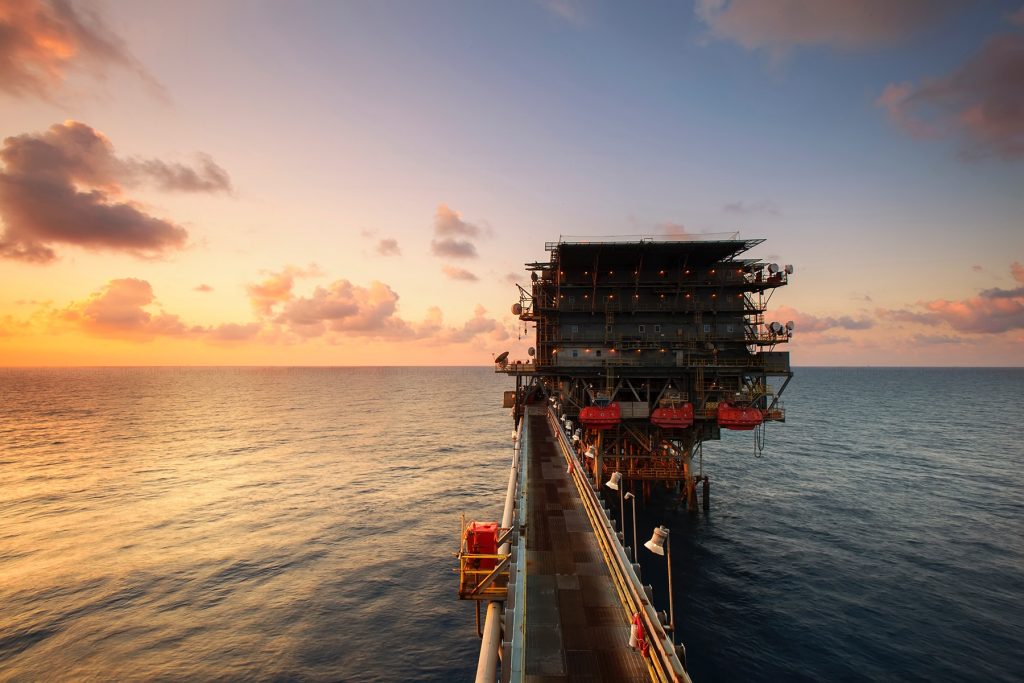- en
- fr
01 February 2023
Offshore projects to watch for 2023
According to GWEC, Offshore wind’s share of global wind installations will grow from 23% in 2021 to 30% by 2031. Read on to know about the future of offshore wind.

Six interesting Offshore Wind project for 2023 include:
- Revolution Wind: The Revolution Wind project is a 700 MW offshore wind farm planned for 24 kilometers off the coast of Rhode Island, New York, in the United States. Revolution Wind’s total project cost is estimated to be £1.2 billion ($1.5 billion). The project’s construction began in 2020, with offshore installation work beginning last year and commissioning to start this year. The Revolution Wind project, when completed, is expected to generate enough clean electricity to power more than 400,000 homes in Rhode Island and Connecticut while offsetting more than ten million tonnes of greenhouse gas emissions per year. By providing 304 MW to Connecticut and 400 MW to Rhode Island, this project will assist both states in meeting their ambitious clean energy goals in an affordable manner. Revolution Wind will be Rhode Island’s second wind farm, following the Block Island wind farm, and Connecticut’s first wind farm.
- Vineyard Wind 1: Vineyard Wind is owned by Copenhagen Investment Partners (CIP), and Avangrid in a 50/50 partnership. It is currently constructing the country’s first utility-scale offshore wind energy project more than 15 miles off the coast of Massachusetts. The project will provide clean, renewable energy to over 400,000 homes and businesses while reducing carbon emissions by more than 1.6 million tons per year. Vineyard Wind 1 is in federal wind energy area OCS-A-0501, 15 miles south of Martha’s Vineyard and Nantucket, and 35 miles from the mainland of Massachusetts. Vineyard Wind is committed to protecting marine habitats and minimizing any negative impacts on the fishing industry. They reached out to fishermen at the start of the development process in 2010 to ensure that fishing concerns were incorporated early in the project plans. Vineyard Wind 1 represents a historic opportunity to energize Massachusetts’ offshore wind workforce and supply chain while spurring innovation in marine mammal protection technologies. Over the course of the project it has the potential to create up to 3,600 full-time equivalent jobs
- Hornsea 3: The Hornsea Three Offshore Wind Farm could generate enough energy to power more than 2 million homes on a daily basis. Hornsea 3’s capacity of 2,852 MW will generate enough low-cost, clean, renewable electricity to power 3.2 million UK homes, contributing significantly to the UK Government’s ambition of having 50 GW offshore wind in operation by 2030 as part of the British Energy Security Strategy. Hornsea 3 will be critical in the ongoing development of a larger and more competitive UK supply chain to support the next stage of the UK’s offshore wind success story. Hornsea 3 will be located 160 kilometers from the Yorkshire coast, and it is expected that the wind farm will be operational in 2027. During the construction phase, Hornsea 3 will support up to 5,000 jobs, with a further 1,200 permanent jobs available both directly and through the supply chain during the long operational phase. The project will be able to avoid additional cable routes to and from the National Grid Norwich Main substation by optimizing how the land at the Hornsea 3 onshore substation site is used.
- Fecamp offshore wind project: The Fecamp offshore wind project will be located between 13 and 22 kilometers off the Normandy coast. The 71 wind turbines will be linked to gravity-based foundations installed on the seabed at depths ranging from 25 to 30 meters. The construction of France’s third wind farm began on June 2, 2020. The first units were finished in 2022, and the fabrication of the foundations began in December 2020. The Fécamp offshore wind farm will generate enough electricity to power 770,000 people, or 60% of Seine-population, Maritime for an entire year once it is fully operational this year. The Fécamp offshore wind farm is being built as the first offshore wind farm in Normandy and the third in France. Construction on the Saint-Brieuc and Fécamp project sites is currently underway, and France will soon have two more commercial-scale offshore wind farms.
- Star of the South: Australia’s first offshore wind project is Star of the South. It is planned to be built off the south coast of Gippsland and has the potential to supply up to 20% of Victoria’s electricity needs while also creating jobs and investment. The Albanese and Andrews governments, in collaboration with Wellington Shire Council, local community members, and industry, have formally declared the Bass Strait off the coast of Gippsland as Australia’s first offshore wind zone, and awarded the Start of the South offshore wind farm Major Project Status. The declared area in Gippsland, Victora, spans approximately 15,000 square kilometers offshore, from Lakes Entrance in the east to Wilsons Promontory in the west. “We want to see more large-scale projects built in the coming years. This will help integrate Australian manufacturing with renewable energy infrastructure, delivering more jobs in Australian companies”, said Ed Husic MP, Minister for Industry and Science. Offshore wind would supplement other forms of electricity generation, resulting in a more reliable system and lower power prices.
- Formosa 4: Taiwan, which has a thriving offshore wind market, continues to attract foreign investment. Swancor Renewable Energy of Taiwan recently announced plans to develop the 4.4 GW Formosa 4 offshore wind projects in Taiwan. The Formosa 4 Offshore Wind Project has a capacity of 4,400MW. It is planned for the South China Sea and Taiwan. The project is currently in the announcement phase. It will be built in a single phase. The project is expected to be commissioned in 2025 after construction is completed. The project will generate enough clean energy to power 4,500,000 homes. The project is expected to cost around $21,120 million. The turbines will be installed on a fixed foundation. This project is planned to be located off Houlong Town in Miaoli County and will include wind turbines with outputs ranging from 9.5 MW to 20 MW. Taiwan’s government aims to increase installed renewable capacity to 27 GW by 2025, accounting for 20% of the electricity mix. Taiwan’s offshore wind policy calls for the development of 10 GW of offshore wind capacity per year between 2026 and 2035: 2 GW in 2026-2027, 3 GW in 2028-2030, and 5 GW in 2031-2035.
With the continued importance of these, and other, Offshore projects globally, Comsip has an ongoing need for experienced contract and permanent staff across a range of engineering and project management disciplines.
Wind & Solar

